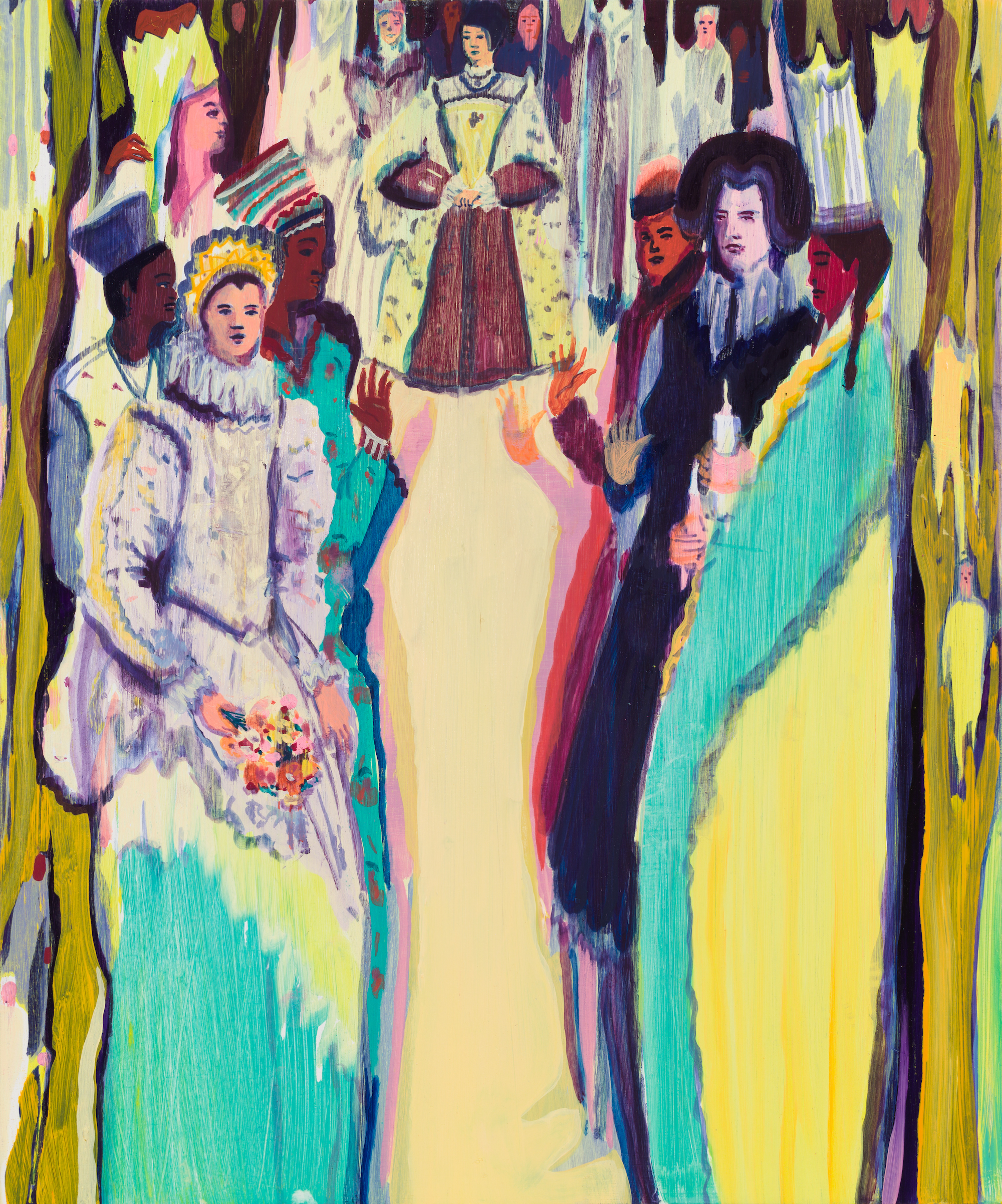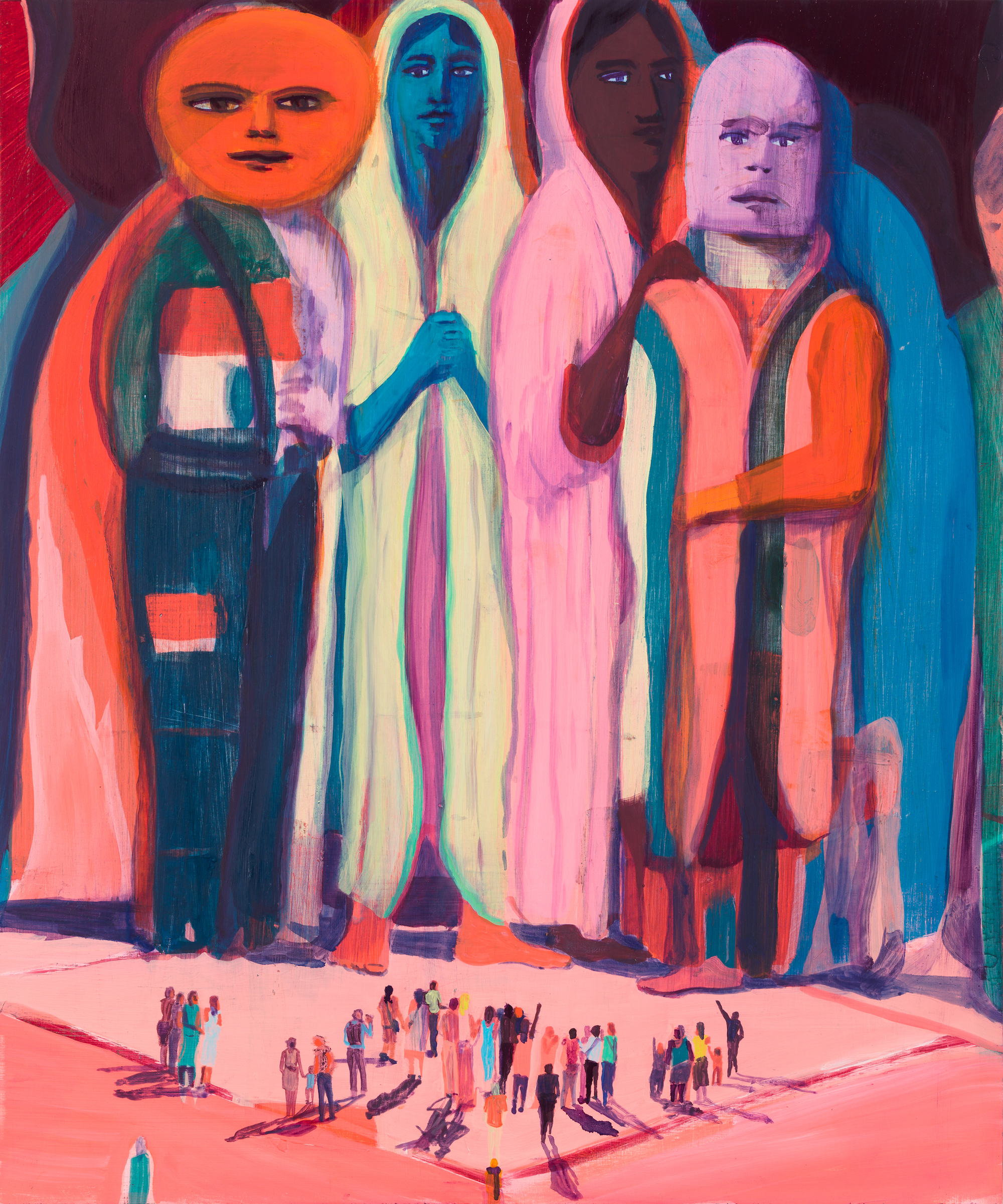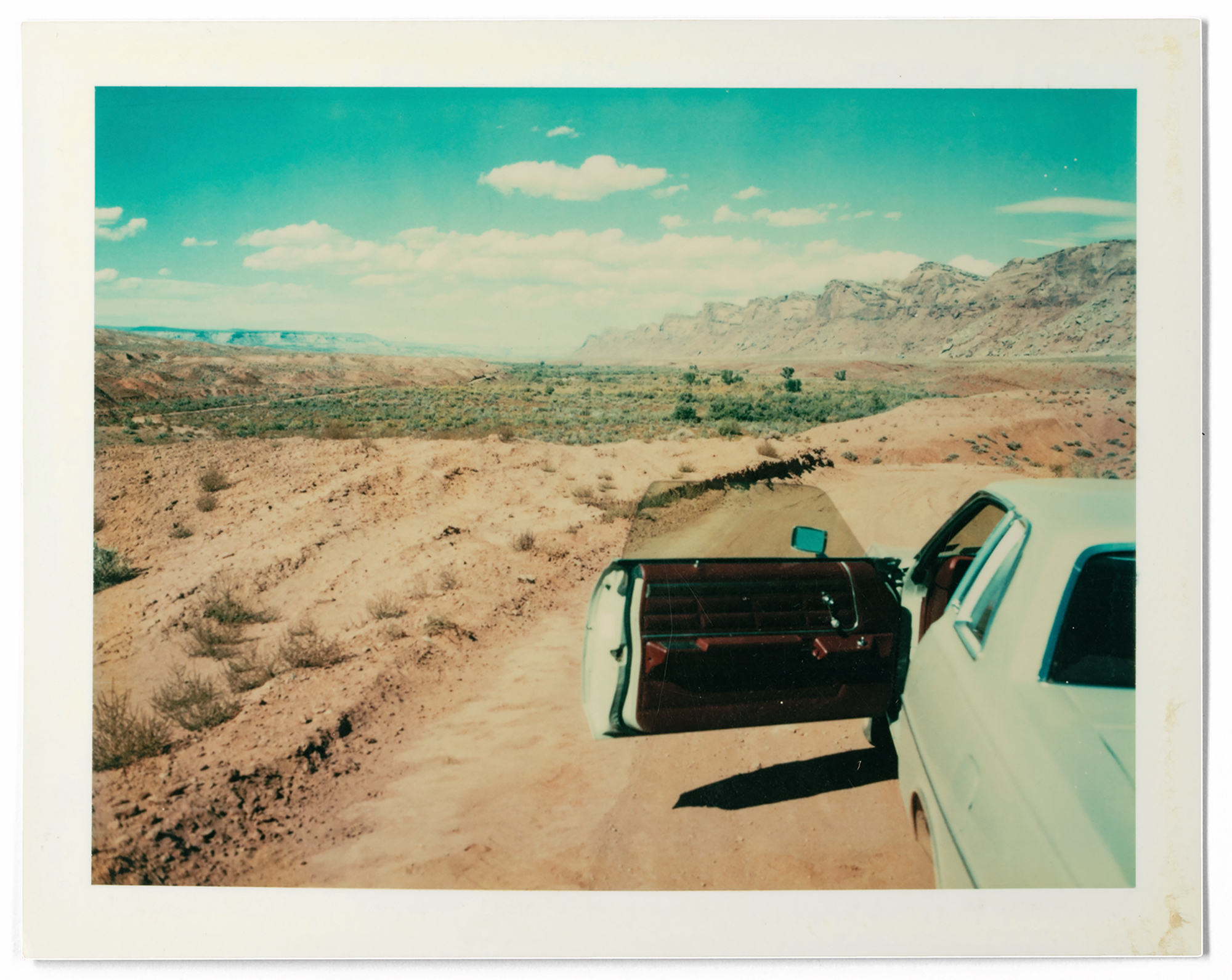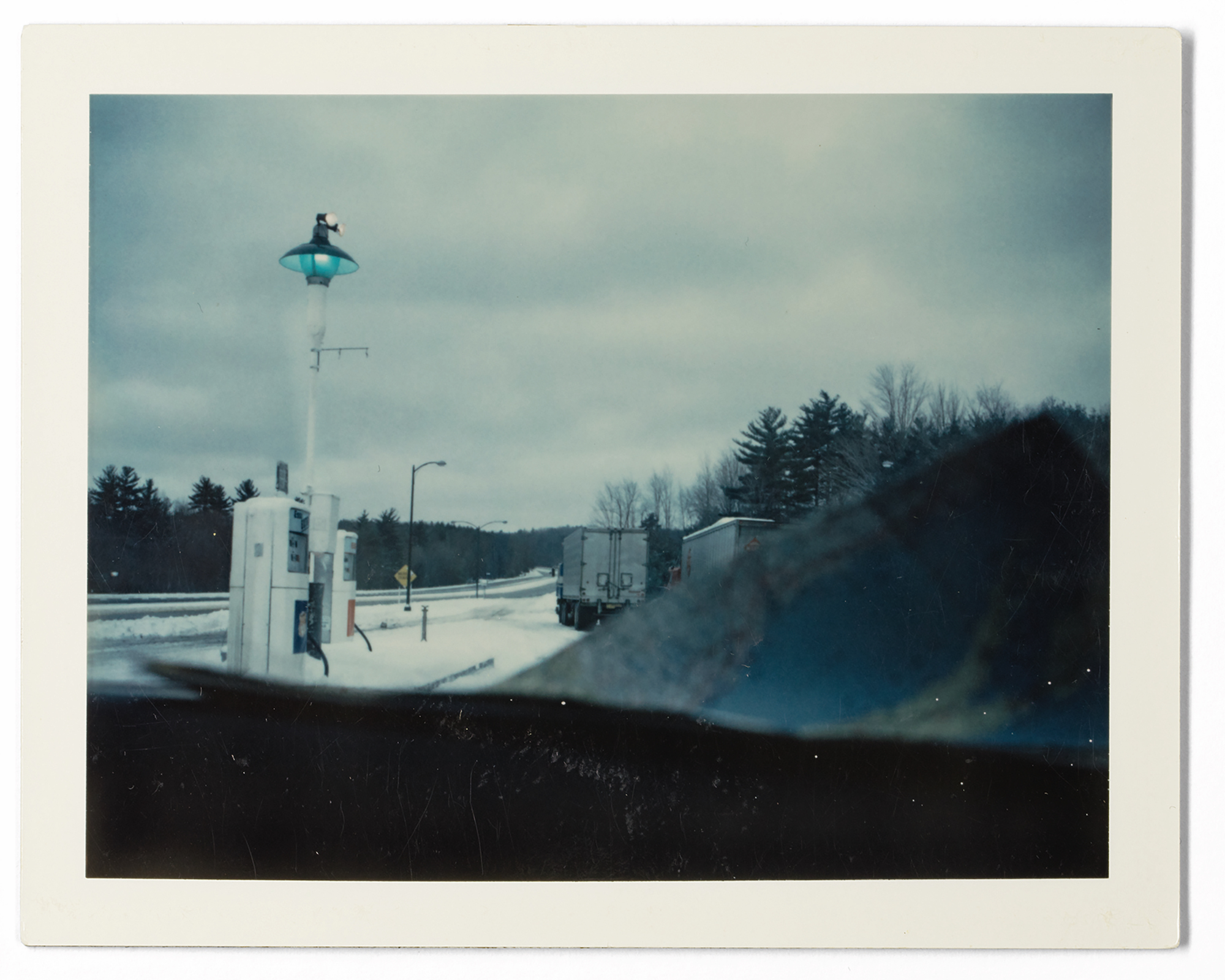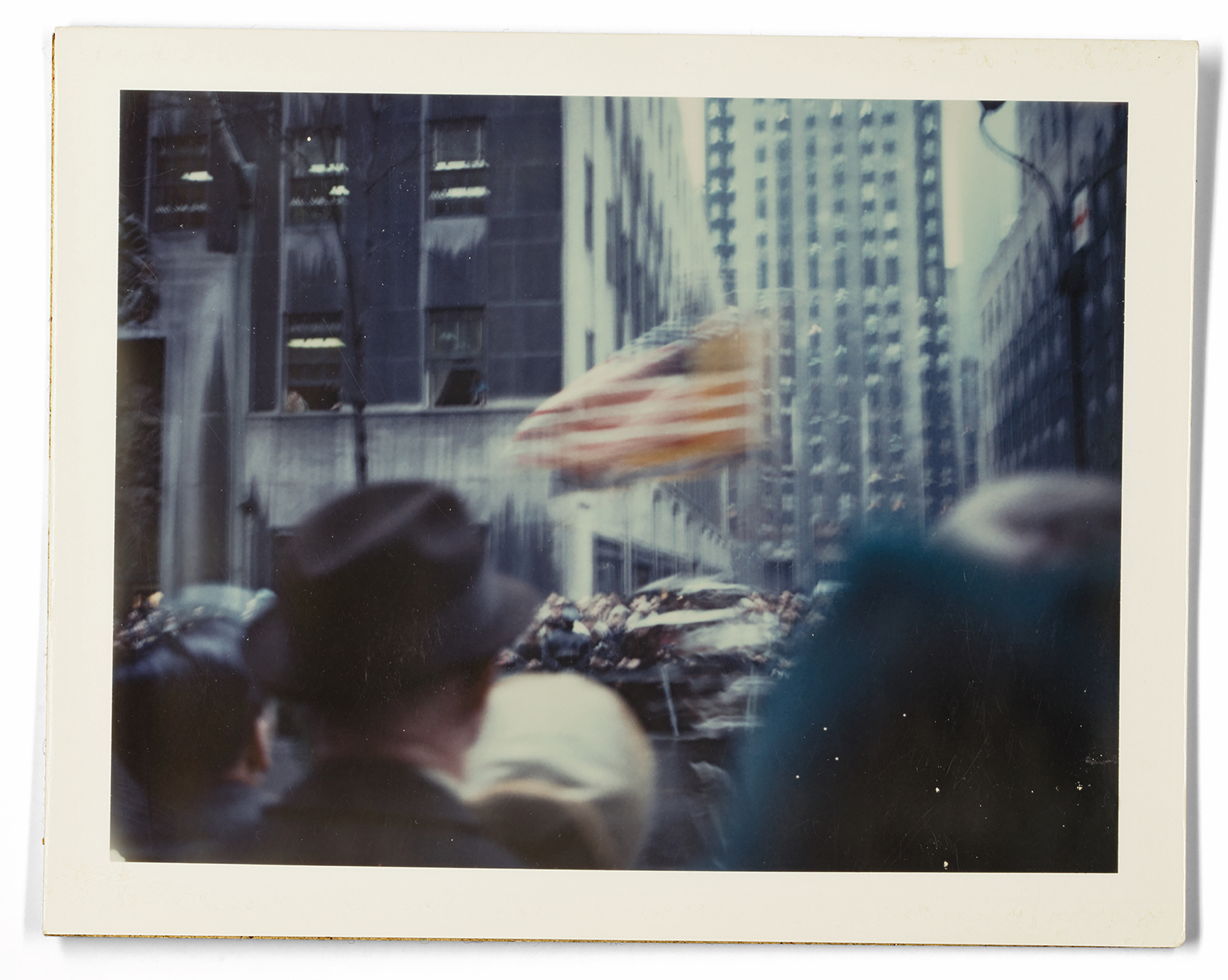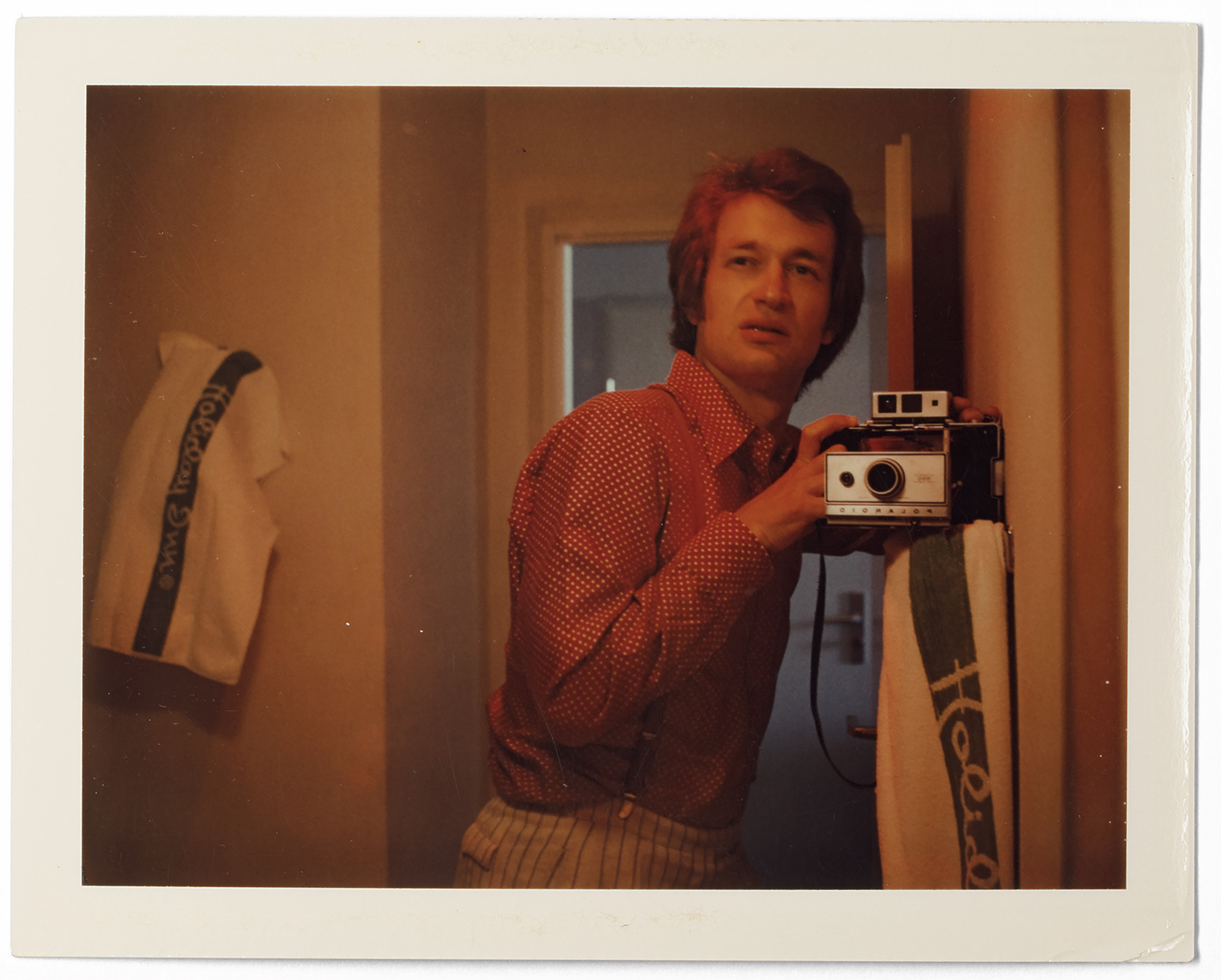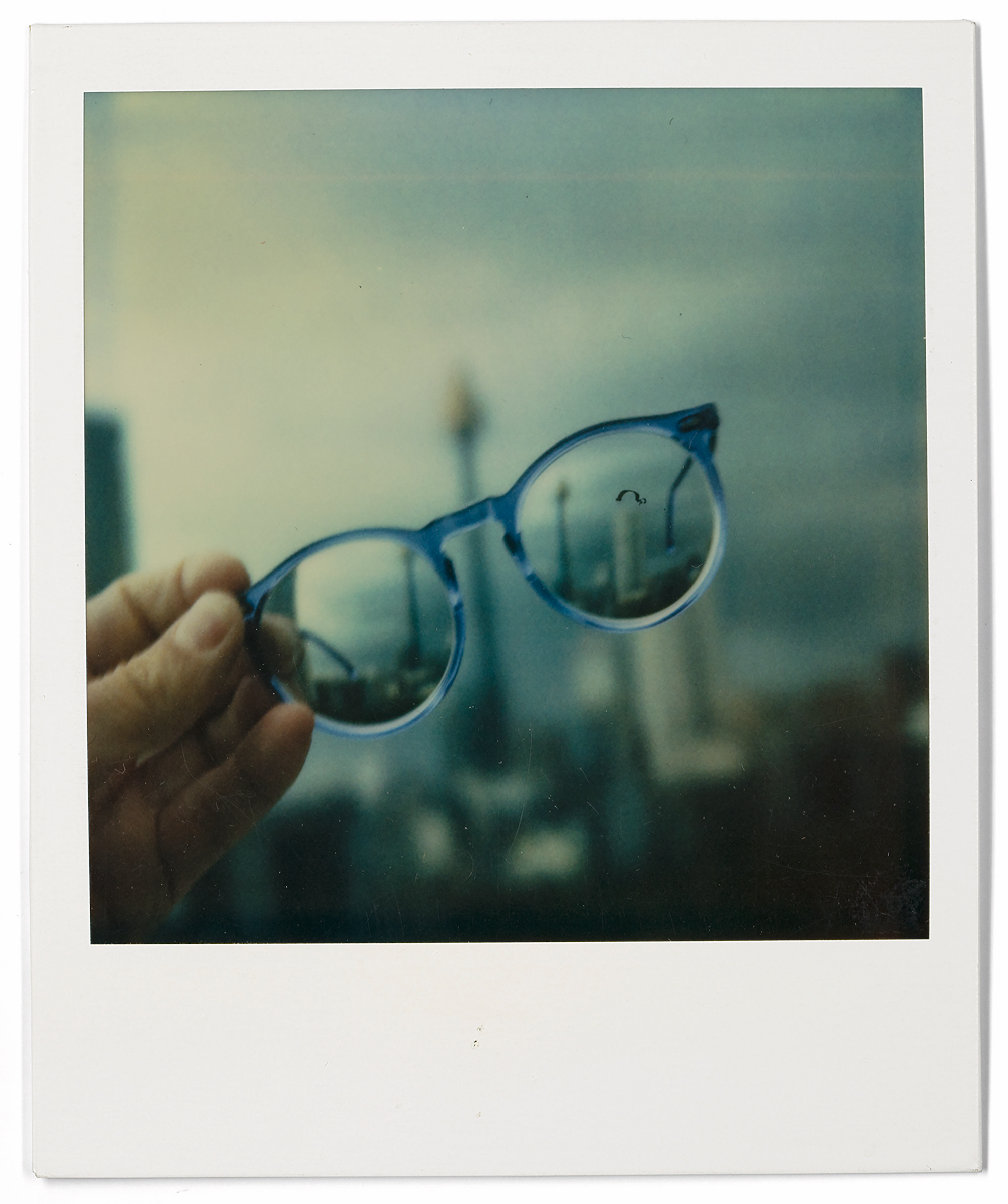Stuart Anderson-Davis introduces his irregular column, reporting on all-American stories from across the pond
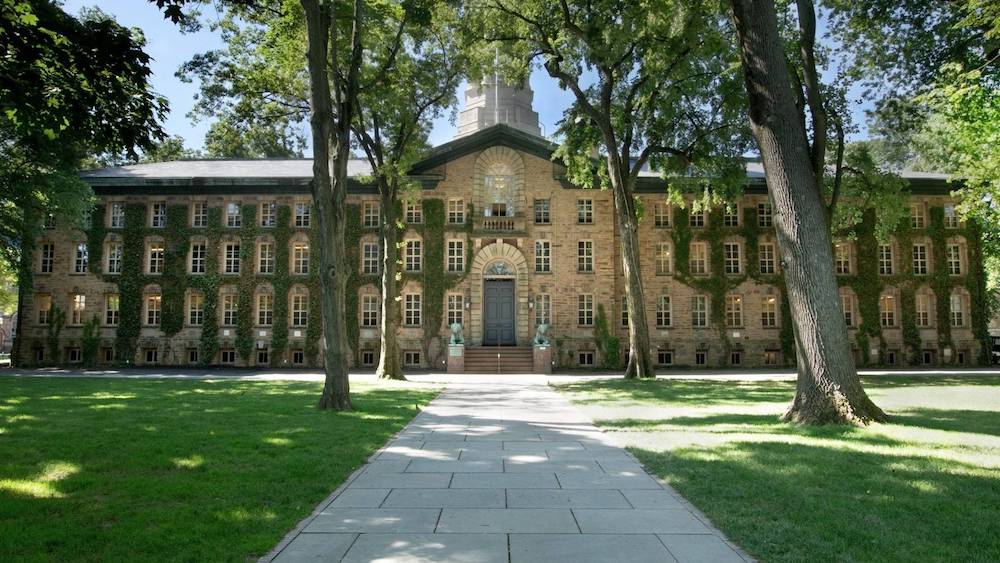
“The British shudder at the latest American vulgarity, then they embrace it with enthusiasm two years later.”
So said Alistair Cooke – the late doyen of British journalism, not the indefatigable opening batsman – who for nearly sixty years broadcast his Letter from America to an audience eager for news, reviews, trends and occasional gossip from the New World.
Cooke’s quip captures the complex and contradictory attitude of the British to their former colonial subjects – fluctuating from open hostility and patronising disapproval to cultural inspiration and begrudging respect, sometimes all at once.
Cooke’s weekly portrait of 20th century America did much to shape these views in Britain (and further afield), harnessing the BBC’s vast reach and his unique position of trust in an age before 24/7 news and social media gave every loudmouth a megaphone. The programme was extraordinarily successful – running for a marathon 2,869 episodes, setting broadcast records and cementing Cambridge-educated Cooke’s position as an unlikely “national treasure”. From historical events to current affairs, Letters from America didn’t patronise or preach, but provided a thoughtful, nuanced insight into American life.
But why this nostalgia for one dead journalist? Why sentimentalise a time when charismatic experts like Cooke had a popular platform to inform, rather than being dismissed as elitist and out of touch?

Well, the first reason is that the United States has never been in greater need of an interpreter like Cooke to share its stories with the rest of the world. The nation’s image has – perhaps more than ever before – become inextricably tied to the behaviour of one single individual: a ridiculous, dangerous and iconic blonde who dominates the narrative and overseas media coverage of a country of 328 million souls. When it comes to British interest in America, our focus is pretty much limited to the White House and there’s lots we’re missing out on.
The second reason is purely selfish. This author has recently moved from London to the USA (to the college town of Princeton – hardly the embodiment of “Real America”, but there you go…) and careered headlong into American life: society, culture, fashion, politics, sport, accent confusion and more. Quite simply, there’s plenty of interesting things happening in this country and one extra expat who thinks it might be fun to write about it.
So that’s the plan for this irregular column – Postcard from Princeton – a touching homage to and/or shameless rip off from Cooke’s blueprint, depending on your perspective. The plan is to tell American stories; profile American figures (alive and dead); explore uniquely American trends; review American books and films and, well, you get the picture.

From exploring college culture (elite ‘secret societies’, admission scandals, fluid pronoun politics and much more) to the enduring curse/cult of The Kennedy’s, through to reviewing the first documentary by the Obama’s production company and sampling the flavours of live Major League Baseball, there’s plenty to inspect. Who knows, we may even stumble upon the next “vulgarity” set to take the Old Country by storm.



